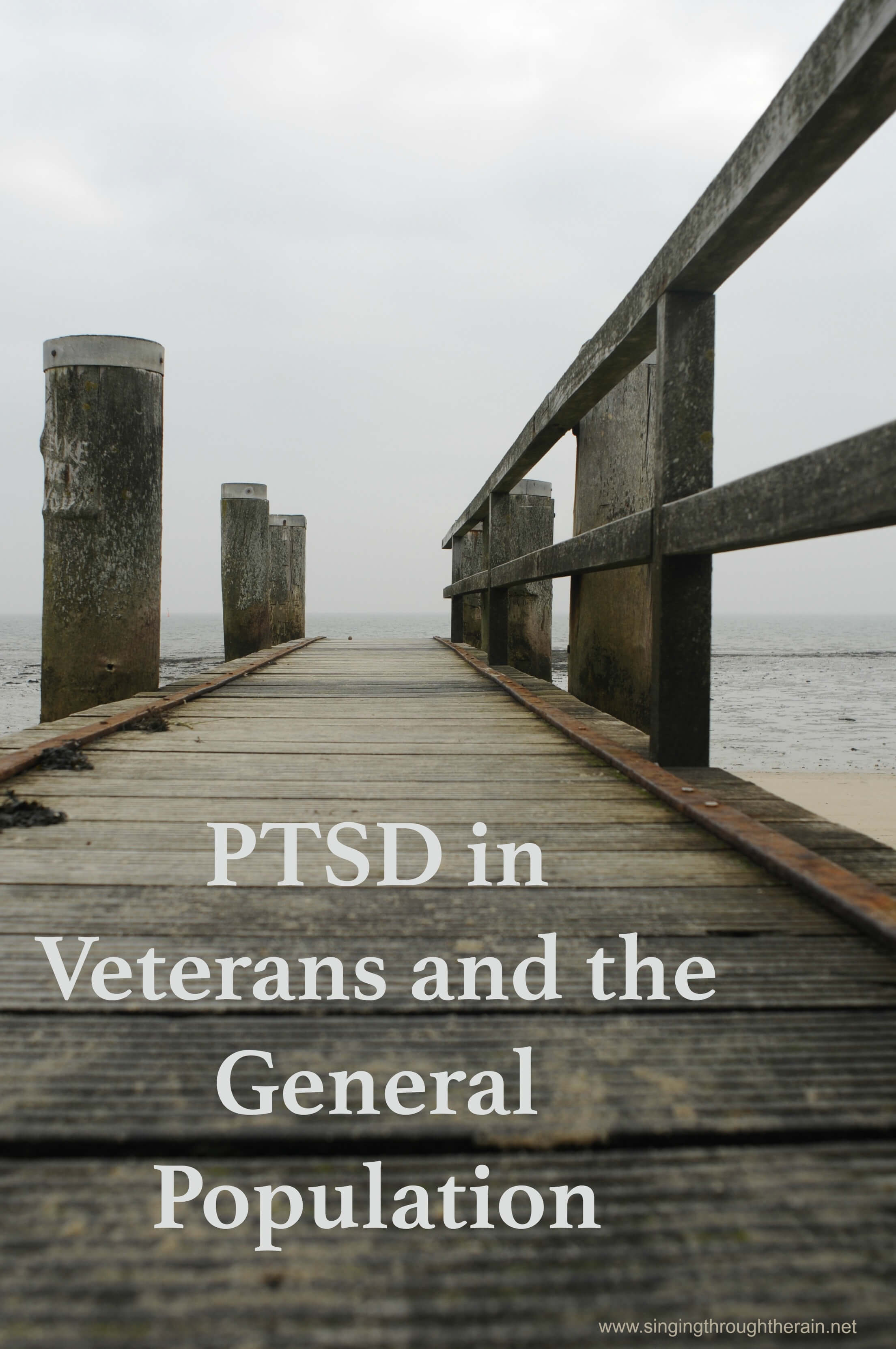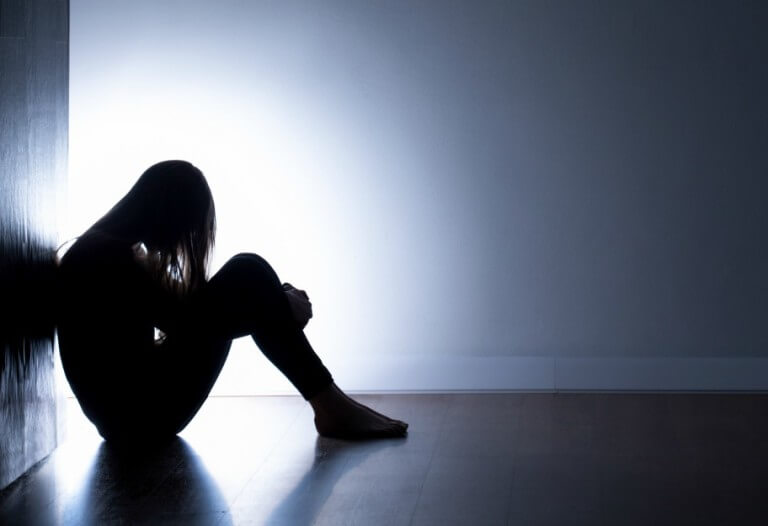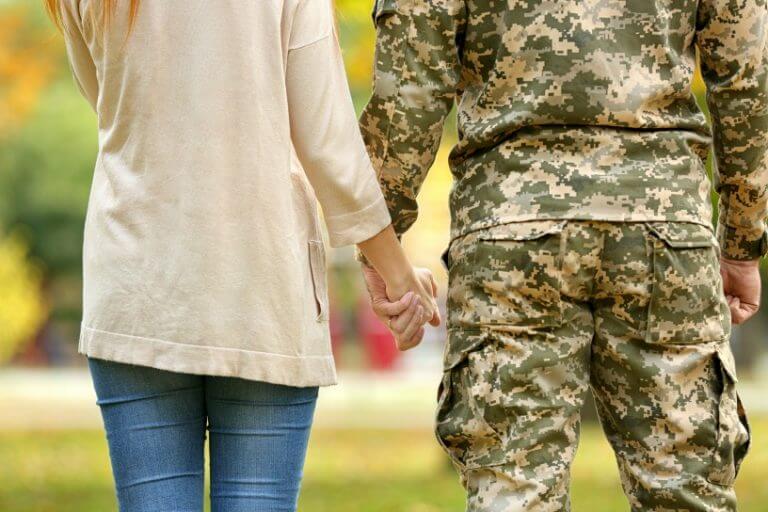PTSD in Veterans and the General Population
Note: I may earn money or products from the companies, products, or links mentioned in this post.
When we think of post-traumatic stress disorder (PTSD), we usually think of it in terms of combat veterans. In reality, civilians aren’t immune to the effects. However, the reason the disorder is associated so heavily with combat veterans is because they are one of the most visible and are vocal examples of the effects of PTSD.
What is PTSD?
PTSD usually develops after someone has experienced a terrifying ordeal, which could be a one-time event, such as a mugging or similar violent crime, or a series of events over time, such as living in an area with repeated bombings and air strikes. The trauma of the event can actually damage the person’s nervous system, making them more sensitive to similar trauma.
Under normal circumstances, the “fight-or-flight” response kicks in when faced with the threat of physical harm. In people with post-traumatic stress disorder (PTSD), the normal “fight-or-flight” response kicks into overdrive causing them to experience extreme stress, and even terror, even when there is no overt threat.
For example, if a combat veteran hears a car backfire, it could trigger in them the same fear or terror that he felt while actually under fire. Sometimes the triggers can be very subtle, and the person might not even realize they are being triggered until they have a negative response.
PTSD in Veterans
Although PTSD also affects the general population, much of the focus has been on veterans because, on average, the rate of PTSD among veterans is higher than that of the general population (1), with PTSD present in:
- Up to 20 percent of veterans from Operation Iraqi Freedom and Operation Enduring Freedom;·
- Approximately 12 percent of Gulf War veterans; and,
- Up to 30 percent of Vietnam veterans.
There are also cases of PTSD from non-combat situations, specifically rape and sexual harassment or Military Sexual Trauma (MST).
- Approximately 23 percent of women reported sexual assault while in the military; and,
- Approximately 55 percent of women, and 28 percent of men, reported sexual harassment.
Another reason that we tend to focus on veterans is that veterans groups have done a lot of work in boosting PTSD awareness, not just in terms of the effects of war on military personnel, but also in terms of the presence of PTSD in the general population.
PTSD in the General Population
Approximately seven to eight percent of the civilian population suffers from PTSD, and women are more likely to develop it than men. (1)
Just like with veterans, PTSD is usually triggered by a single traumatic event, or a series of events over time.
For example, a rape and sexual assault survivor could develop PTSD after a single event; but a survivor of domestic abuse could develop PTSD after months, or years of living in constant fear.
Civilians can also develop PTSD from serious and life-threatening health crises, such as a stroke or asthma attack (2). Health related PTSD can be especially difficult because almost anything can trigger an episode.
For example, someone who has PTSD after having a stroke could be afraid of having another one. As a result, anything that seems to threaten a stroke could trigger an episode of PTSD. This could include:
- Having a headache;
- Feeling dizzy;
- Forgetting a dose of medication; and
- Performing similar activities to what they were doing before the stroke.
Additionally, the symptoms of the PTSD episode could actually make it worse. Someone with stroke-related PTSD gets triggered by something, he feels anxiety and fear, his blood pressure and heart rate go up, which then triggers even more anxiety and fear about having a stroke.
It could get to the point where the fear of having a relapse is so great that the person is afraid to do anything at all for fear of triggering a stroke.
Regardless of how it happens, and whether it affects a civilian or a veteran, PTSD can be extremely debilitating. Not only can it trigger erratic behavior, but it can also lead to severe isolation and depression as people struggle to avoid having attacks.
Treatments for PTSD
One of the greatest obstacles that people with PTSD face is the stigma associated with the disorder, a stigma that can often prevent them from getting treatment.
There’s this sort of mind-over-matter belief that tends to dominate discussions about mental health in general, and PTD in particular. This idea that anyone who suffers the lingering effects of trauma must be inherently weak, and that all they need to do is toughen up and try harder to cope.
There is also the idea that there are certain levels of trauma that are “PTSD worthy” and anything “less” isn’t that serious. So seeing a convoy get blown up is somehow considered less traumatic than being in the convoy that got blown up, and therefore PTSD shouldn’t be an issue for the guy who only witnessed the event.
This stigma surrounding PTSD can be especially prevalent among veterans, who are expected to cope with the horrors of war with macho aplomb — individuals for whom coming home physically intact somehow implies that there wasn’t also psychological damage.
However, once people can get past the stigma, there are several options available, including exposure therapy where they experience the triggering event in a safe environment and learn techniques for coping with the stress and fear.
Veterans with PTSD can also take up hobbies that can help them adjust to life outside of the military (3). Civilians can also use the same hobbies to help them cope with their PTSD.
Resources:
See Jenny’s other post on PTSD: PTSD: What Military Families Need to Know.









Thank you for writing this. I am a combat veteran (paramilitary contractor) with PTSD that is characterized as “very severe”; my wife cannot sleep in the same room, because if I am awoken suddenly, I am very, very dangerous. I sleep in the kennel room, with the dogs; if Barbara has to wake me, she calls from the door, and then runs.
The point that one should not judge the trigger is well-taken, and very true. My experiences were mine alone, but I would not dream of demeaning someone who ‘just’ witnessed them. Just describing them to my wife and therapist was traumatic for them. (No worries, you won’t get a recap here, but I dream about them, every night.)
I did have a career, teaching, that I could pursue while I was healthy enough to do it (I’m dying now, tough nuts, eh?). At the moment I maintain two Christian marriage blogs, and write Christian romance novels – quite a career change, but they say I’m effective. (This does not mean I believe all non-Christians are going to hell. I know what I believe, and I am not God. he disposes. Not me.)
Dogs. We have a sanctuary for unwanted and abused Pit Bulls, and therein is they key to my survival. I fight for their lives now, when I used to fight for YOURS, for the grace that would allow you to sleep well while rough men keep watch in the night.
Fear the dark, for I am in it…that was my message to the Other Side. If more had listened, more would yet live, but that’s their problem.
Sorry, I drifted. Jonathan Shay, in his stellar book “Ulysses in Viet Nam”, said that a surprising number of combat veterans with PTSD are in human-service professions. There seems to be a bridge between killing and healing, and one does NOT obviate the other. The most effective aid workers are those who are proud of their service, and they really, really care.
Mainly, I keep away from The World. A car backfires, and my reaction, to reach for a weapon, scares people. Why frighten them? it’s not their fault.
And just talking…my wife says I have The Dead Man Stare…like the Marine in Tom lea’s painting from Peleliu, “The Two-Thousand yard Stare.”.That scares folks, as well.
If you know a combat veteran with PTSD, please remember this –
A part of him died for you.